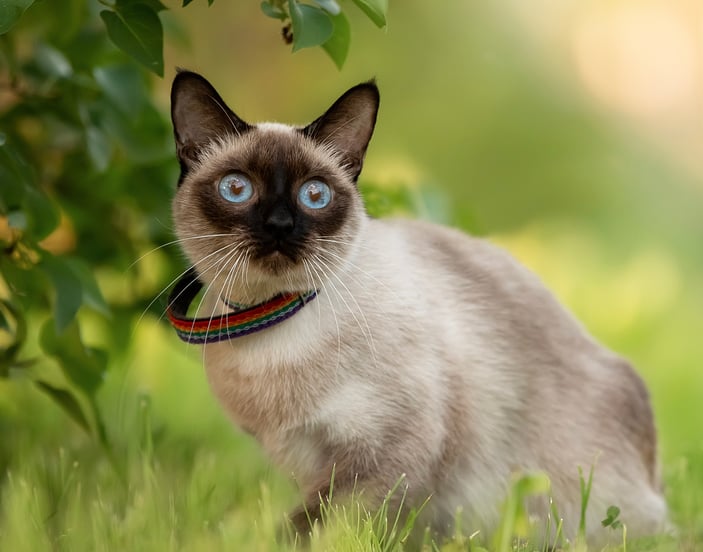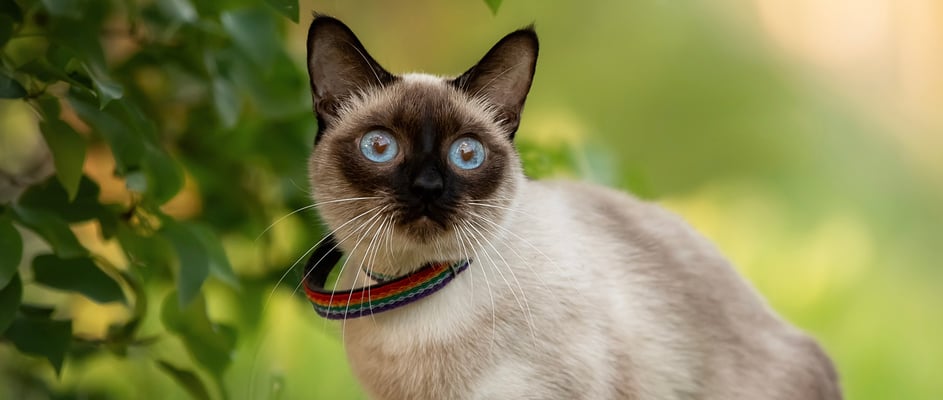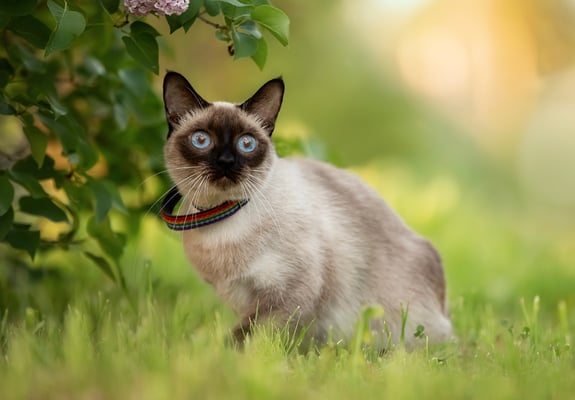The guide to owning a Siamese cat.
Looking to welcome a cat into your home but not sure where to begin? Welcome, you’re in the right place. Secure a no-obligation quote with Waggel to make sure your new friend gets the cover they deserve.
Jump to:
Stats at a glance.
History and origin.
The Siamese cat is known to be one of the first distinctly recognised breeds of Asian cat, with early accounts tracing back centuries to Thailand (once called Siam).
Many documents say that Siamese cats were imported into Britain as a gift from royalty, which boosted their popularity in the late 1800s. By the early 1900s, people formed breeding clubs to shape the types of Siamese we know today.
Notably, Siamese cats helped usher in a new era of pedigree felines. They’re considered among the most popular breeds across the world. When enthusiasts decided to co-found the Siamese cat club in 1901, they aimed to refine these striking looks and elegant forms for future generations.


Physical characteristics.
Siamese cats are usually slender with graceful lines. Their ears are large, and their eyes are almond-shaped.
Because of an enzyme involved in melanin production, the fur on their cooler body parts (like face, paws, tail, and ears) often darkens.
This enzyme is heat-sensitive and does not work at normal body temperatures but becomes more active at cooler spots, creating the classic “points” we see in a seal point, blue point, lilac point, or lynx point Siamese.
Many Siamese cats tend to have a silky coat but require only simple grooming. The most common marking shade is seal point, but coat colours also include chocolate point, blue point, and the delicate lilac point.
Colours and patterns.
As we discussed above, the main colour types of Siamese revolve around the “point” colouration.
The traditional Siamese style has darker points on the face, paws, and tail. You can also find stripes in lynx point Siamese, plus other patterns:
Seal point: A classic, with warm beige bodies and seal-brown points.
Blue point: Pale bluish-white body with slate-grey or bluish points.
Lilac or lilac point: A frosty hue over white fur.
Chocolate point: Ivory coats with warm chocolate markings.
No matter the Siamese coat type, the effect is visually stunning.
If you spot two Siamese side by side, you’ll see the subtle differences in shading. All remain part of one breed of cat that is unique to each individual feline.
We see many Siamese cats with healthy, shining coats that need minimal fuss. If you do notice patchy hair or excessive shedding, see this guide on hair loss in cats. Also, routine vet checks help to ensure early detection of discomfort.
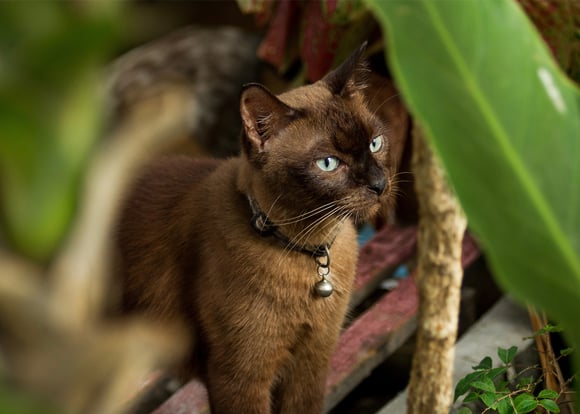

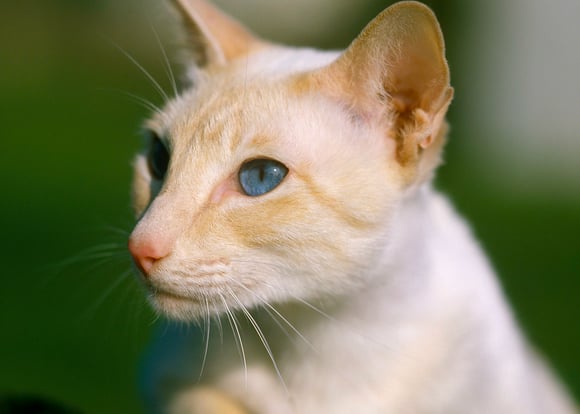
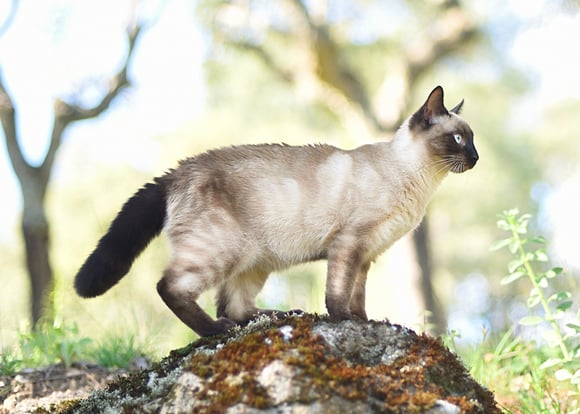
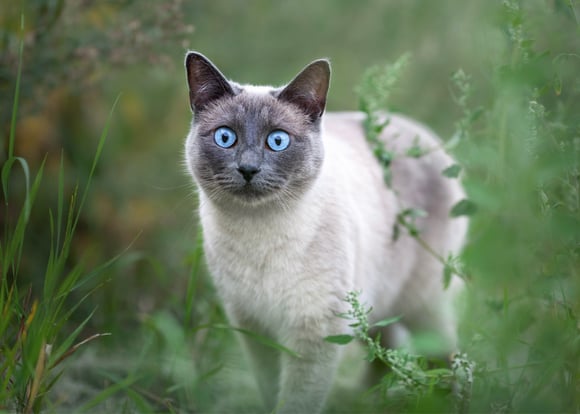
Temperament and personality.
Siamese cats are renowned for their chatter and confidence. They’ll often greet you with a bold meow and follow you through the house.
Because they’re highly intelligent and social, they don’t like to be left alone too long. They bond strongly with families and are quite sociable, even around guests.
Beware, they can get bored if there’s no mental stimulation. Some owners keep food puzzles around the house or add cat trees to build a mini-playground.
If you’re looking to really keep your cat happy, try placing tall cat trees to keep them climbing. These lithe relatives of the forest cat also love exploring safe, elevated spaces where they can observe the world.


Health considerations.
Though relatively robust, Siamese cats can face certain health conditions. Here’s a quick chart of common issues, along with an explanation and typical costs in the UK:
Note: Costs are approximate and can vary based on location and specific veterinary practices. For information on cover, check out our Siamese Cat insurance page.
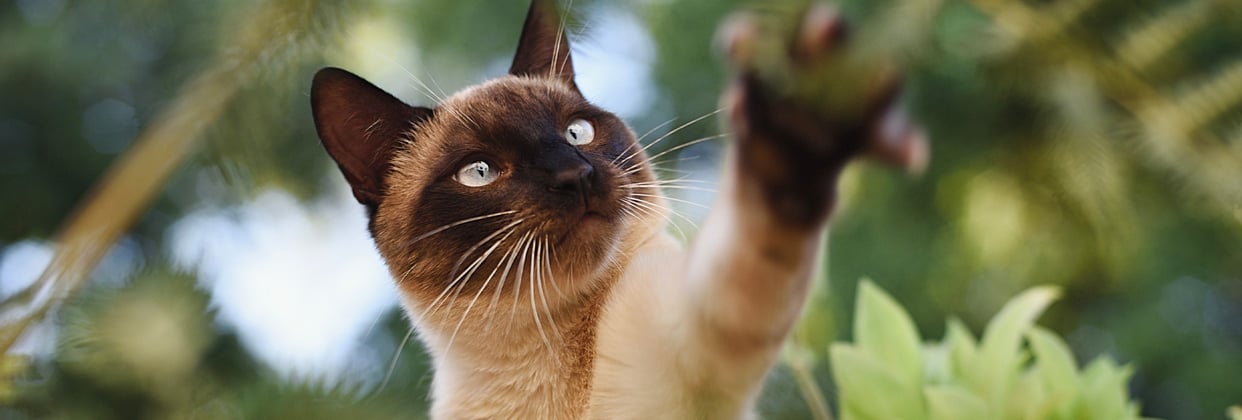

Living with a Siamese cat.
Bringing a beautiful Siamese home can be a delight. They’re talkative and want to follow you around. It’s wise to train them early, especially if you prefer they don’t climb countertops or knock things off shelves.
If you already have cats and kittens living together, the Siamese might blend right in, since they’re famously social.
Learning how to handle introductions can be a lifesaver for peace in the home.
Some owners also discover that Siamese cats make good companions to certain dog breeds, provided the dog is gentle and introductions are controlled.
Grooming and care.
Siamese are usually low-maintenance when it comes to grooming:
Coat care: A simple weekly comb or brush is enough for that short coat.
Nail trims: Use cat-safe nail clippers whenever nails seem long. Having a scratching post can help to avoid most trims and keep their nails at the right length.
Bathing: If you need guidance, take a peek at our article on how to bathe a cat. Some Siamese cats love gentle water play.
Ear checks: Watch for earwax build-up or signs of infection.
Consistency is key. If you see unusual dryness or lumps, it might be worth checking with the vet.
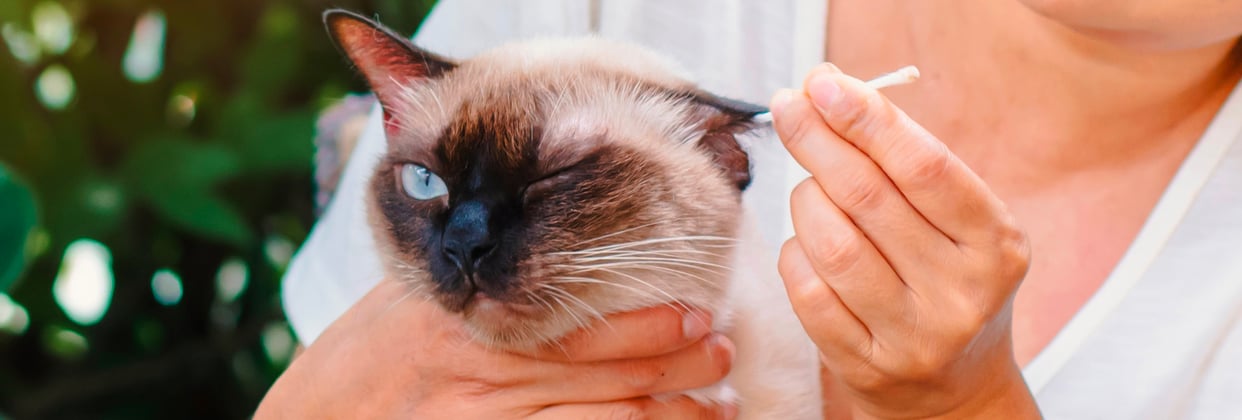

Diet and exercise.
Like any domestic cat, Siamese cats thrive on a balanced diet rich in protein. Keep a regular schedule, and avoid overfeeding.
Though they are an active cat breed, they can still gain weight if given too many treats. Try to hide little bits of kibble; it keeps them mentally stimulated.
Aim for at least 20-40 minutes a day of lively play. That might include feather wands, chasing lights, or climbing trees to keep your Siamese engaged.


Is a Siamese cat right for you?
If you prefer a quiet, hands-off pet, you might find a Siamese cat too chatty. But if you love a feline that’s loyal and affectionate, you might adore sharing your space with this vocal companion.
They can be cheeky, inquisitive, and sweet. They’ve also earned reputations for intelligence and closeness to people.
If you’re ready for a spirited new friend, consider the Siamese cat breed. We suggest researching insurance for your Siamese, as well as local vets who can support them in any stage of life.
If you’re still deciding, see our cat insurance guide for the best way to protect your new cat from unexpected vet bills.


Frequently asked questions.
Is a Siamese cat hypoallergenic?
No cat can be fully hypoallergenic. Some folks report fewer symptoms with a shorthaired Siamese cat, but sensitivity levels differ from person to person. If allergies are a worry, consider short visits before adopting.
How do I choose a Siamese kitten?
Look for a breeder with a good reputation who emphasises health checks. Observe any Siamese kitten litters for signs of alertness and cleanliness. Spending time with the parents helps you gauge temperament. Rescue centres may also have loyal Siamese cats needing a second chance.
Are Siamese good family pets?
They can be. Because they are so sociable and curious, they often do well with gentle children and other pets. The key is teaching everyone to handle the cat kindly. Siamese cats make especially loving buddies if they get plenty of attention.
What is the price of a Siamese cat?
A pedigree Siamese cat can vary in cost, often £100 to £1000 or more, depending on lineage and the breeder’s reputation. Adoption fees may be lower and give a lovely home to a cat in need.
Do Siamese get along with dogs?
Many do, because they bond strongly and keep friendly. If the dog is calm and polite, the cat might form a playful friendship. Gradual introductions and praising calm behaviour will smooth the process.
Do Siamese cats need outdoor access?
Siamese cats can be happy indoors, especially with cat trees, scratching posts, and food puzzles. Some owners provide secure catios.
Too much roaming might be unsafe because of traffic or other risks. It’s always up to your preference and your pet’s safety.
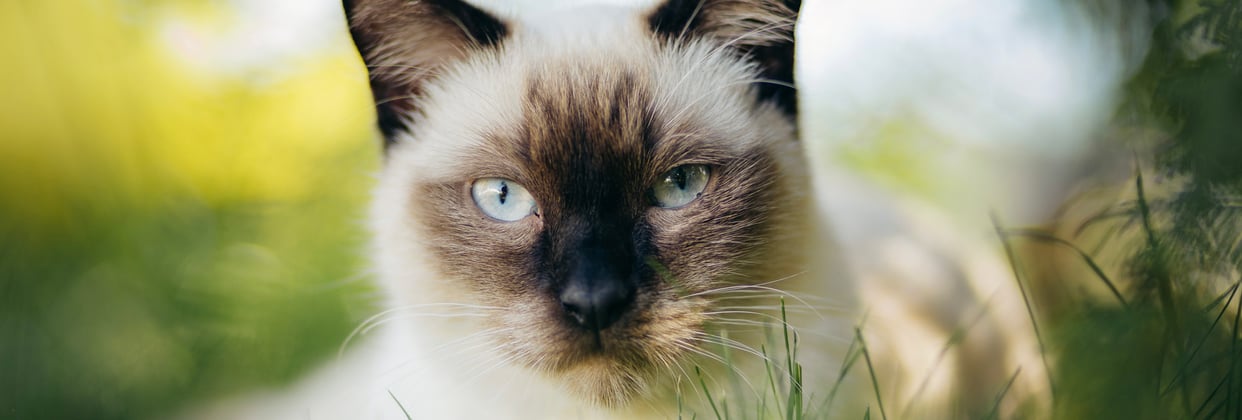

Getting a quote for your Siamese cat.
Welcoming a Siamese cat into your home can be a joyful adventure. They’re a common cat in the UK for good reason. Chatty, intelligent, and sweet, they’re often an ideal match for people craving a close connection with their feline friends.
If you ever find them climbing your curtains or batting at your ankles, it’s just their playful side shining through.
Give them room to roam, keep up with gentle grooming, and you’ll soon discover just how vibrant, affectionate, and endlessly interesting a Siamese cat can be.
